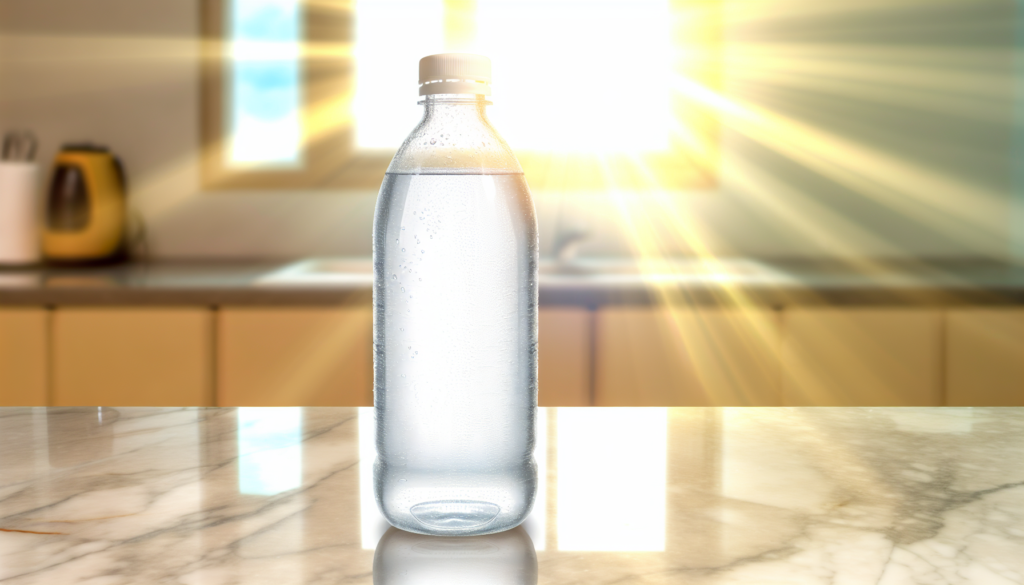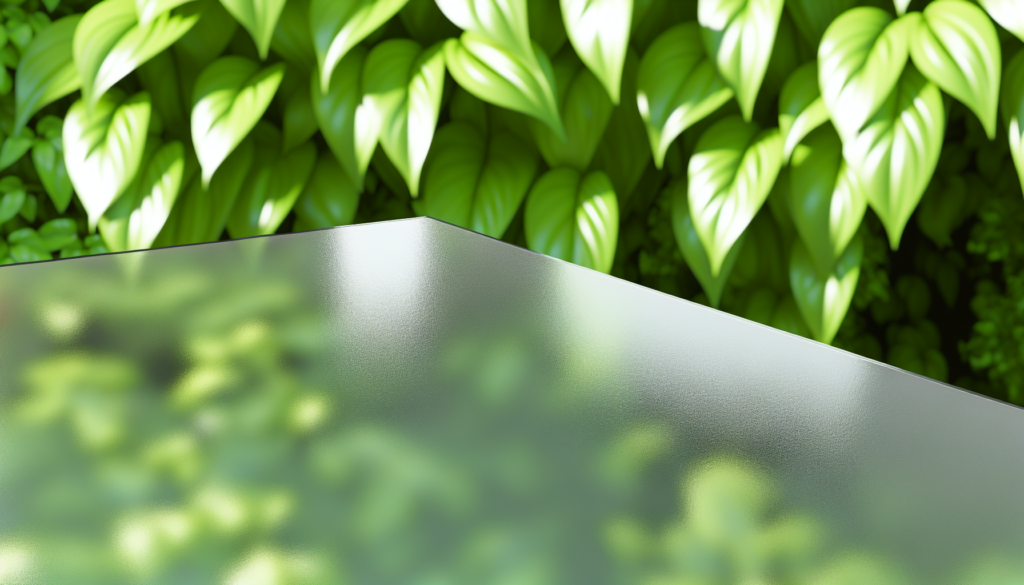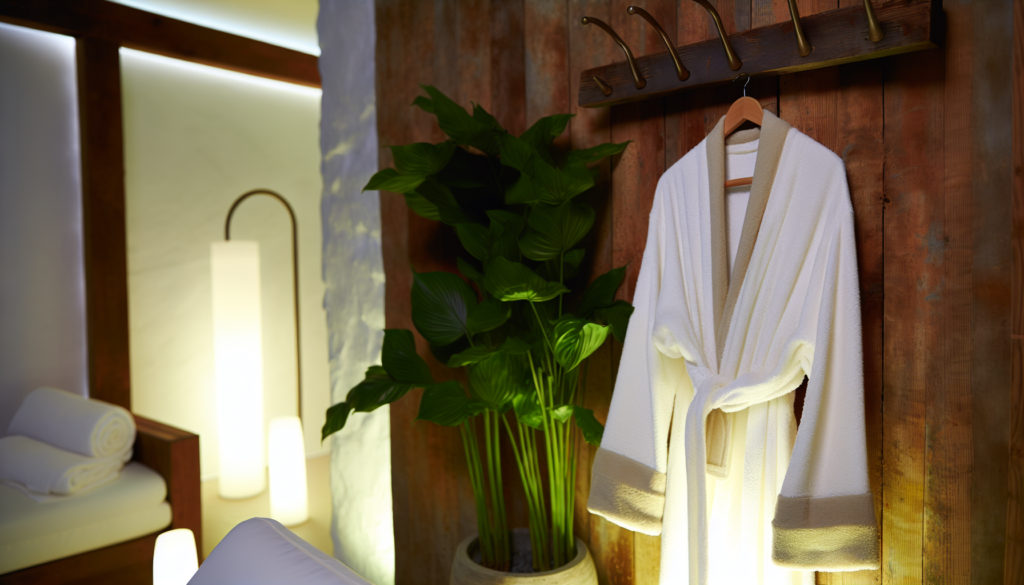Dealing with skin that’s both dry and prone to breakouts can feel like navigating a maze without a map. You’re constantly caught between needing moisture and worrying about clogging your pores. I’ve been there, trying countless products that either left my skin parched or triggered new breakouts. After years of trial and error (and consultations with dermatologists), I’ve finally found a skincare routine for dry, acne-prone skin that delivers consistent results. This seven-step approach balances hydration with acne control, addressing both concerns without sacrificing one for the other.
Understanding Dry, Acne-Prone Skin
Contrary to popular belief, dry skin can absolutely develop acne. When your skin lacks moisture, it often overproduces oil to compensate, which can lead to clogged pores and breakouts. Plus, the compromised skin barrier that comes with dryness makes your skin more vulnerable to bacteria and irritation.
The key to managing this skin type is finding the sweet spot: products that provide deep hydration without comedogenic ingredients that might trigger acne. It’s a delicate balance, but with the right approach, you can achieve clear, comfortable skin.
The 7-Step Routine That Changed Everything
1. Gentle Cleansing (Morning and Night)
Start with a sulfate-free, hydrating cleanser. Harsh cleansers strip natural oils, making dryness worse while potentially triggering more oil production.
Look for cleansers with:
In the evening, consider double-cleansing if you wear makeup or sunscreen. Start with an oil-based cleanser that dissolves makeup without stripping moisture, then follow with your gentle water-based cleanser.
2. Alcohol-Free Toner (Morning and Night)
Forget those astringent toners from the 90s! Modern toners hydrate and prep skin for better absorption of subsequent products. For dry, acne-prone skin, look for ingredients like:
Apply with clean hands or a reusable cotton pad, gently pressing into skin rather than wiping.
3. Treatment Serum (Morning and Night)
This is where you’ll address acne concerns without compromising hydration. In the morning, opt for:
For evenings, consider:
Remember to introduce active ingredients gradually—maybe twice weekly at first—before building up frequency.
4. Hydrating Serum (Morning and Night)
Yes, a second serum! This step ensures your skin gets the moisture it needs even while treating acne. Look for:
Apply 3-4 drops while your skin is still slightly damp from toner for better absorption.
5. Moisturizer (Morning and Night)
Choose non-comedogenic, fragrance-free formulations designed for sensitive skin. The right moisturizer seals in all the goodness from your serums while reinforcing your skin barrier.
For daytime, lighter gel-creams or lotions work well. In the evening, you might prefer something slightly richer, especially during winter months or in dry climates.
Ingredients to look for:
6. Targeted Spot Treatment (As Needed)
For active breakouts, apply a non-drying spot treatment only on the affected areas. Benzoyl peroxide can be effective but drying, so start with a lower concentration (2.5%) and apply over moisturizer to buffer irritation.
Alternatively, try spot treatments containing:
7. Sunscreen (Morning Only)
Never skip this crucial step! UV exposure worsens acne scars and can trigger inflammation. For dry, acne-prone skin, look for:
Apply at least SPF 30 every morning, even on cloudy days or when staying indoors.
Weekly Add-Ons for Enhanced Results
Gentle Exfoliation (1-2 Times Weekly)
Physical scrubs can be too harsh for acne-prone skin, potentially causing micro-tears that worsen inflammation. Instead, try a gentle chemical exfoliant with AHAs like lactic acid (which is also hydrating) or PHAs for sensitive skin.
Hydrating Mask (1-2 Times Weekly)
Give your skin an extra moisture boost with a non-comedogenic hydrating mask. Look for soothing ingredients like oat, aloe vera, and honey, which provide moisture without triggering breakouts.
Common Mistakes to Avoid
Your skin is unique, and finding what works might require some experimentation. Keep a skin journal to track which products and ingredients work best for you.
Lifestyle Factors That Support Your Skincare Routine
While products are important, don’t underestimate these factors:
Remember that hormonal fluctuations, diet, and environmental factors can all influence both dryness and acne, so approach your skin holistically.
Creating a consistent skincare routine for dry, acne-prone skin takes patience and dedication, but the results are worth it. By thoughtfully balancing hydration and acne treatment, you can achieve skin that’s both clear and comfortable. Listen to your skin’s needs, which may change with seasons and stress levels, and adjust accordingly. With this comprehensive approach, you’ll be well on your way to managing both dryness and acne for healthier, happier skin.







